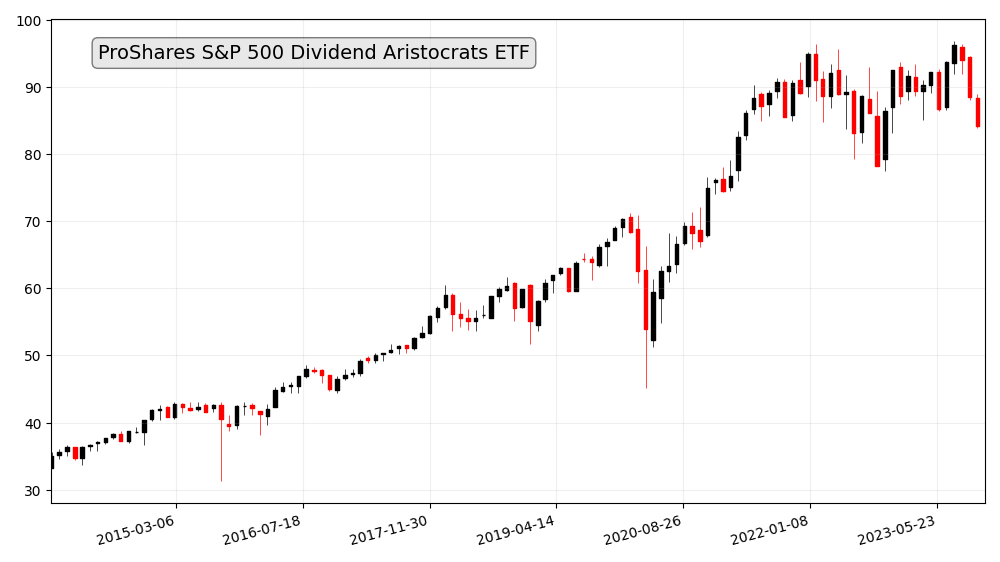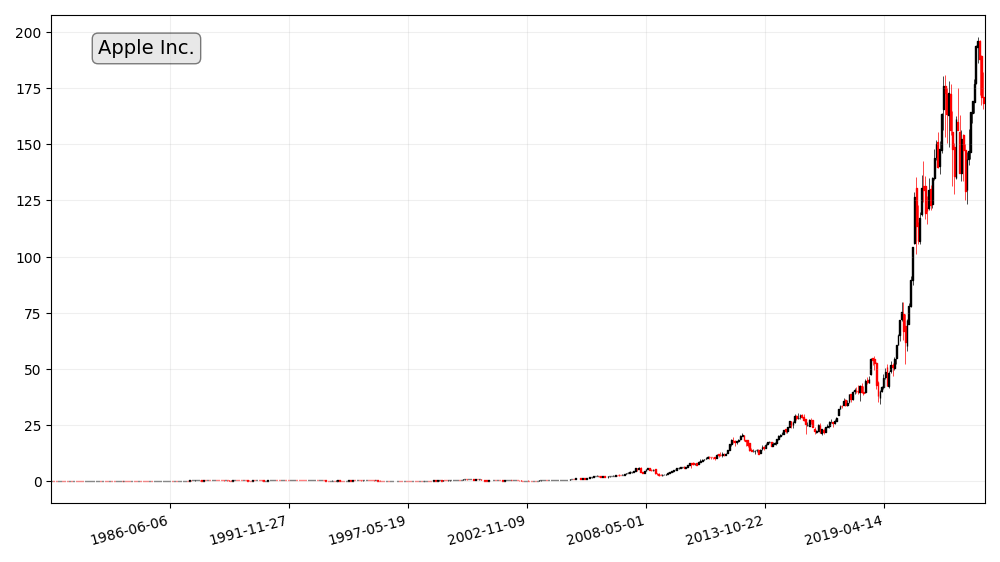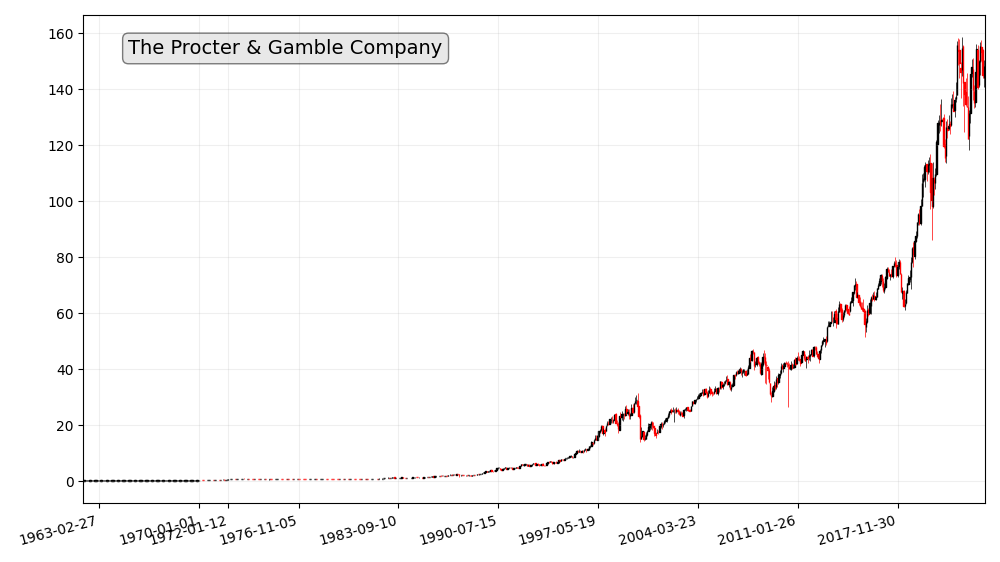In the world of investing, dividend stocks have long been a favorite among investors seeking a steady stream of income. Dividend investing can offer a source of passive income and potentially substantial returns. However, like any investment strategy, it comes with its own set of risks. In this article, we will delve into the world of dividend investing and explore how to effectively manage the associated risks.
Managing Risks in Dividend Investing
Understanding Dividend Investing
Before we dive into risk management, it’s essential to understand the basics of dividend investing. In dividend investing, investors buy shares of companies that distribute a portion of their profits to shareholders in the form of dividends. These dividends are typically paid on a regular basis, often quarterly.

Types of Dividend Stocks
There are two main types of dividend stocks: growth stocks and value stocks. Growth stocks are issued by companies that are experiencing rapid growth, and they typically reinvest a significant portion of their earnings back into the business. Value stocks, on the other hand, are issued by companies that have stable earnings and tend to pay out a larger portion of their earnings as dividends.
The Appeal of Dividend Stocks
Dividend stocks are attractive to investors for several reasons. They provide a consistent income stream, which can be particularly appealing to retirees or those looking for additional income. Additionally, dividend stocks can offer a cushion during market downturns, as the income from dividends can help offset losses in the stock’s price.
Dividend investing can be a great way to generate income and grow your wealth over time. However, like any investment, dividend investing carries some risk.
Risks Associated with Dividend Investing
While dividend investing offers many benefits, it’s not without its risks. It’s crucial to be aware of these risks to make informed investment decisions.
Market Risk
Market risk is one of the most significant risks associated with dividend investing. The stock market can be highly volatile, and the value of your dividend stocks may fluctuate. In a bear market, the stock’s price can decline, which may offset the income received from dividends.
Company-Specific Risk
Company-specific risk relates to the financial health and stability of the company from which you hold dividend stocks. If the company faces financial difficulties, it may reduce or eliminate its dividend payments. Thorough research into the company’s financials is essential. All companies are subject to company-specific risks, such as financial problems, product failures, or management changes.
Interest Rate Risk
Interest rates have a significant impact on dividend stocks. When interest rates rise, dividend stocks may become less attractive compared to other fixed-income investments, leading to a decline in their price. This is because investors can earn a higher return on their money by investing in bonds or other fixed-income investments.
Inflation Risk
Inflation erodes the purchasing power of your dividend income over time. If the rate of inflation exceeds the growth rate of your dividends, the real value of your income will decrease.
Dividend Cuts
Companies may cut their dividends for a variety of reasons, such as a decline in profits, a change in management priorities, or a need to conserve cash.
Strategies to Manage Risks
Now that we’ve identified the risks, let’s explore strategies to manage them effectively.
Diversification
Diversifying your dividend stock portfolio can help spread the risk. Invest in stocks from various sectors and industries to minimize the impact of a downturn in a specific sector.
Consider investing in a dividend ETF or mutual fund: Dividend ETFs and mutual funds invest in a basket of dividend-paying stocks. This can be a good way to diversify your portfolio and reduce your risk.
Research and Due Diligence
In-depth research and due diligence are crucial when selecting dividend stocks. Look at a company’s financials, dividend history, and overall stability.
Choose companies with a strong track record of dividend payments. When choosing companies to invest in, look for companies with a long history of paying dividends. This is a good indication that the company is committed to returning profits to its shareholders.
Use a dividend screener: A dividend screener is a tool that can help you find companies that meet your criteria for dividend investing, such as dividend yield and payout ratio.
Talk to a financial advisor: If you are unsure about how to manage the risks of dividend investing, you may want to talk to a financial advisor. A financial advisor can help you create a dividend investing plan that is tailored to your individual needs and risk tolerance.
Monitor Your Portfolio
Keep a close eye on your dividend portfolio. Regularly review the companies in your portfolio and make necessary adjustments if their financial health deteriorates.
Identify any companies that are facing financial difficulties, have a history of cutting dividends, or are exposed to significant industry risk.
Rebalance your portfolio regularly: Over time, the composition of your portfolio may change due to market fluctuations and your own investment decisions. It is important to rebalance your portfolio regularly to ensure that it still aligns with your investment goals and risk tolerance.
Consider Dividend Growth Stocks
Investing in companies that have a history of consistently increasing their dividends can be a good strategy. These companies tend to be financially stable and committed to rewarding their shareholders.
Reinvest Your Dividends
Reinvesting your dividends is a great way to grow your wealth over time. When you reinvest your dividends, you are essentially buying more shares of stock in the company. This means that you will receive more dividends in the future.
Pay attention to the company’s dividend yield
A high dividend yield can be a sign that a company is struggling financially and may be at risk of cutting its dividend.
Monitor the company’s payout ratio
The payout ratio is the percentage of a company’s earnings that are paid out in dividends. A high payout ratio can be a sign that the company has limited room to grow its dividend or may be at risk of cutting its dividend if earnings decline.
Consider using a stop-loss order
A stop-loss order is an order to sell a stock at a specific price. This can be a good way to limit your losses on a particular stock if it experiences a sharp decline in price.
What To Do If a Company Cuts Its Dividend
If a company cuts its dividend, it is important to assess the situation and determine whether or not you still want to hold the stock. Here are a few things to consider:
Why did the company cut its dividend?
Companies cut dividends for a variety of reasons, such as a decline in profits, a change in management priorities, or a need to conserve cash. If the company cut its dividend due to a temporary setback, such as a one-time charge, you may want to hold the stock in anticipation of a dividend reinstatement in the future. However, if the company cut its dividend due to a structural problem, such as a decline in its core business, you may want to sell the stock.
Is the company still financially sound?
Even if the company cut its dividend, it is important to consider whether or not the company is still financially sound. If the company has a strong balance sheet and is generating positive cash flow, it may be able to weather the storm and resume dividend payments in the future. However, if the company is heavily leveraged and is struggling to generate cash flow, you may want to sell the stock.
What are your investment goals?
If you are investing for income, a dividend cut can be a significant blow. However, if you are investing for long-term capital appreciation, a dividend cut may not be as important. Consider your investment goals and risk tolerance when deciding whether or not to sell a stock that has cut its dividend.
If you decide to sell the stock
If you decide to sell the stock, be sure to do so in a tax-efficient manner. If you have held the stock for more than one year, you may be able to qualify for the long-term capital gains tax rate, which is typically lower than the ordinary income tax rate.
If you decide to hold the stock
If you decide to hold the stock, be sure to monitor the company’s financial performance closely. If the company’s financial condition worsens, or if you see other signs of trouble, you may want to reconsider your decision to hold the stock.
Conclusion
Dividend investing can be a great way to generate income and grow your wealth over time. However, it is important to be aware of the risks involved and to take steps to manage those risks. By diversifying your portfolio, choosing companies with a strong track record of dividend payments, reinvesting your dividends, and monitoring your portfolio regularly, you can minimize the risks of dividend investing and maximize your chances of success.
Frequently Asked Questions
FAQ 1: Are all dividend stocks equally risky?
No, not all dividend stocks are equally risky. The level of risk varies based on the company’s financial health, market conditions, and other factors.
FAQ 2: How often are dividends paid to shareholders?
Dividends are typically paid on a regular basis, with many companies choosing to pay them quarterly.
FAQ 3: Can dividend investing be a primary source of income?
Yes, dividend investing can be a primary source of income, especially for retirees or those looking for additional income.
FAQ 4: What are some red flags to watch for when considering dividend stocks?
Red flags to watch for include declining company financials, inconsistent dividend payments, and a history of cutting dividends.
FAQ 5: Is it possible to achieve both income and capital growth with dividend stocks?
Yes, many investors use dividend stocks to achieve both a steady income and potential capital growth over the long term.






